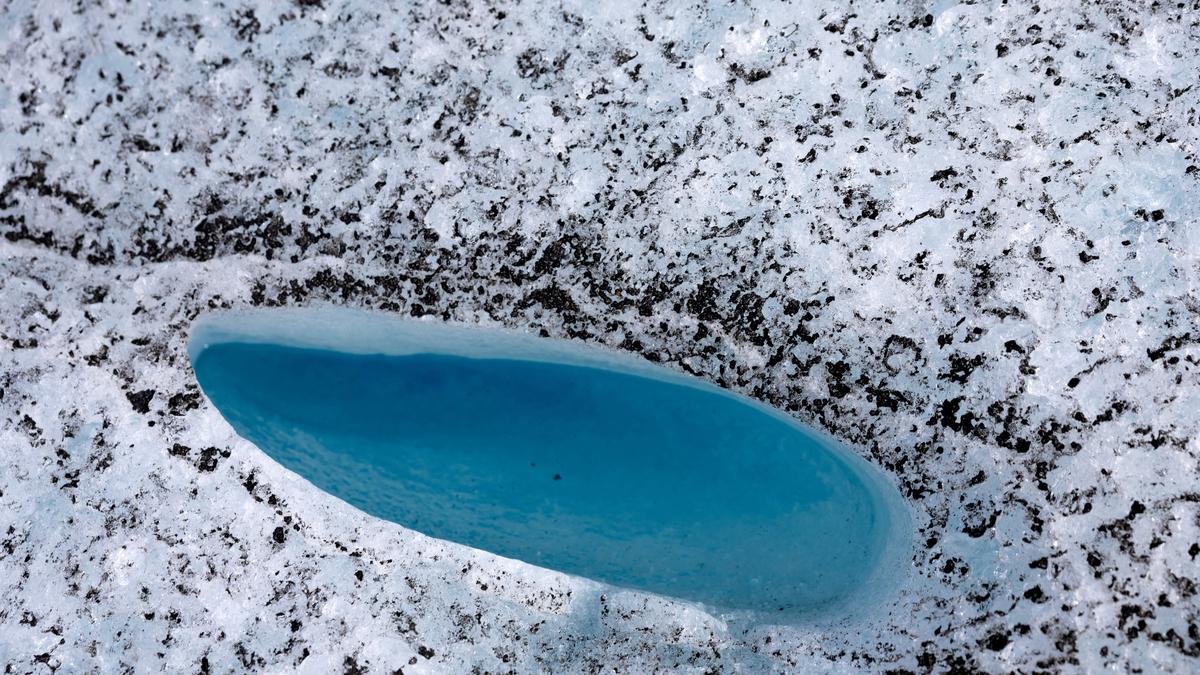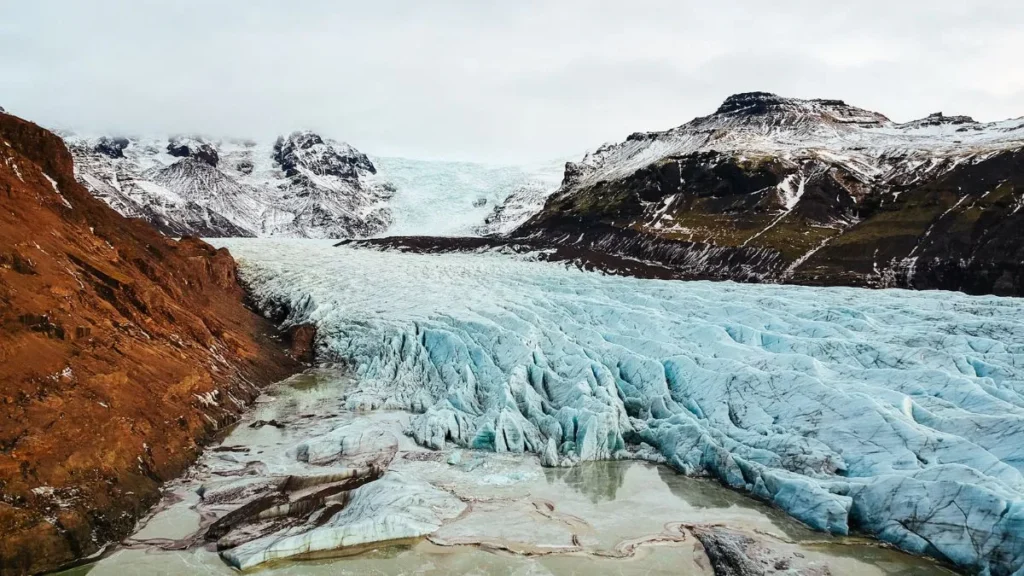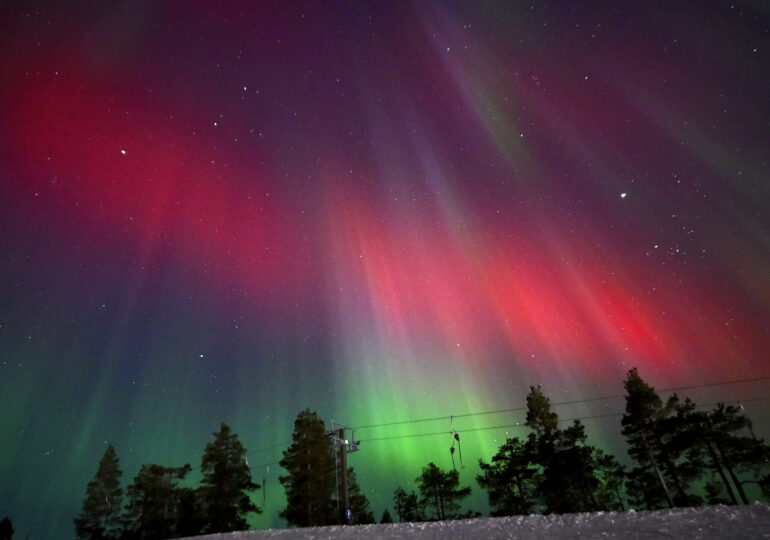Ancient Viral Genomes Discovered in Glaciers Show Pathogens’ Climate Adaptation Over 41,000 Years

Ancient Viral Genomes in Glaciers Uncover Viruses’ Adaptation to Climate Changes Over 41,000 Years
Ancient Viral Genomes in Glaciers Reveal Pathogens’ Climate Adaptation Over 41,000 Years
Glaciers, often referred to as Earth’s natural deep freezers, preserve not only the physical characteristics of past climates but also the genetic blueprints of ancient life forms, including viruses. As global temperatures continue to rise and ice melts, scientists are turning to these frozen archives to understand how pathogens have historically adapted to environmental changes. Recent research led by Ohio State University has shed light on how ancient viruses evolved in response to Earth’s shifting climate over the past 41,000 years.
Exploring the Ice Archives
The study, spearheaded by a team of microbiologists and paleoclimatologists, including Lonnie Thompson, Virginia Rich, Matthew Sullivan, and Ellen Mosley-Thompson, centered on the Guliya Glacier located on the Tibetan Plateau. This glacier is a critical repository of ancient biological material, capturing genetic material from various periods in Earth’s history. By drilling into the glacier and extracting ice cores, the researchers obtained samples from nine distinct time intervals covering more than four decades of climate history.
Unveiling Viral Evolution
The researchers analyzed the viral genomes contained in these ice cores, uncovering 1,705 distinct viral genomes. This analysis revealed how viral communities adapted to the three major cold-to-warm cycles that characterized the last 41,000 years. The study, detailed in The Conversation, highlights how viral species evolved in response to changing climate conditions, providing a unique glimpse into the resilience and adaptability of these ancient pathogens.

New Discoveries and Implications
One of the most significant findings of this research is that approximately 75% of the viral species recovered from the glacier do not match any viruses previously identified in global metagenomic datasets. This suggests that many of the viruses found in the Guliya Glacier are unique to the region, adding a new dimension to our understanding of viral biodiversity. The discovery not only expands the known catalogue of ancient viruses but also emphasizes the unique evolutionary pathways taken by viruses in response to their environment.
Future Research Directions
The implications of this research extend beyond understanding ancient viral communities. By studying how these viruses adapted to past climate changes, scientists can gain insights into how modern viruses might respond to current and future climate shifts. This knowledge could help in predicting the potential impacts of climate change on viral evolution and disease patterns, contributing to more effective strategies for managing emerging infectious diseases.
Conclusion
The study of ancient viral genomes preserved in glaciers provides a fascinating window into the past, revealing how viruses have adapted to Earth’s climatic fluctuations over millennia. As glaciers continue to melt and expose new layers of ancient genetic material, ongoing research will likely uncover even more about the dynamic interplay between climate and pathogens. This research not only enriches our understanding of viral evolution but also underscores the importance of preserving these icy archives as we navigate the impacts of climate change.


















